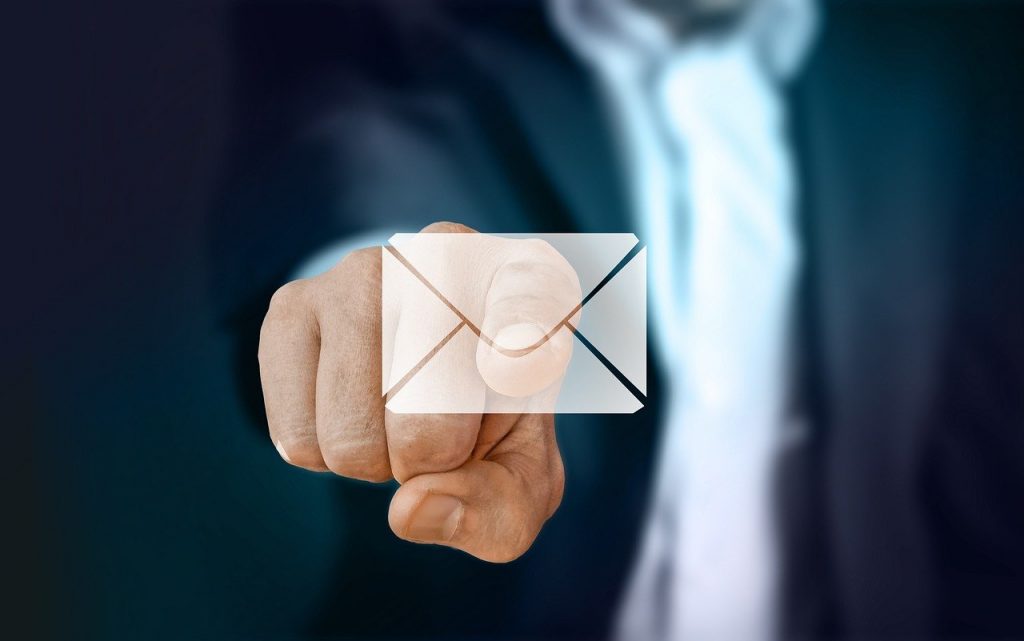Have you ever found yourself rewriting the same professional email over and over again, unsure of the right way to compose it to accomplish what you want it to? If so, you’re not alone.
Even people with years of work experience can still struggle with writing high-quality, professional emails.
Whether you’re writing an email to a prospective employer, pitching your services to a potential client, or emailing a colleague, follow the tips for email etiquette below to take your professional emailing to the next level.
Tips for Email Etiquette Every Professional Should Follow
1. Make your subject line clear and concise
Your professional email’s subject line is the first thing the receiver sees. It tells them what the email is about and helps them decide how to prioritize it (and whether or not to even open it).
The subject line can also help someone decide what their first impression of you is, so don’t just hastily write it before you hit send — you want to put some thought into it.
Here are some examples of to-the-point email subject lines for different types of professional emails:
- Applying for a job: “Application for Marketing Coordinator – Jane Donovan’s Resume Attached”
- Trying to get a new freelance client: “Proposal for Content Marketing Trial Campaign”
- Informing a coworker about something: “Updated Meeting Schedule and Talking Points”
2. Use a professional email address
This tip for writing professional emails may seem obvious to some, but it’s especially important for new professionals just entering the workforce.
You should always send any professional email from a professional email address — not from your 10-year-old Hotmail account that you’ve had since high school.
A professional email address can be as simple as some variation of your name, and you can easily create a new professional email address using Gmail or another reputable email provider in a few minutes.
If you have a work email address from the company you work for, make sure to always send your professional emails from that address, and double-check that you’re not accidentally sending them from a personal email address.
3. Write emails in easy-to-read font
Good email etiquette is making sure your emails are easy to read for the receiver, so always stick to a standard font, such as Arial or Calibri.
Also, make sure the font size is not too small or too big — size 11 or 12 is usually a safe bet.
Lastly, don’t use any funky colors or make the font too light to read. It’s best to set your default font color to black or very dark gray.
4. Address the receiver with the appropriate level of formality
Consider who your email’s audience is and open your email with the right greeting.
If you know the last name of the person you’re emailing and aren’t on a first name basis with them yet, you can start your email with something like, “Hello Mr. Smith.”
On the other hand, if you know the person well enough to address them by their first name, you could say something like, “Good afternoon, Dan.”
If you’re addressing a colleague you know well, it’s okay to use informal greetings, such as “Hi” and “Hey,” but otherwise you should be more formal.
For emails that aren’t to a specific person, such as if you’re emailing an HR department to apply for a new job, you can use a greeting like, “To whom it may concern” or simply “Hello.”
There are many different ways to greet people in professional emails, but the main thing to take away here is to ensure you’re using the appropriate level of formality in your greeting. When in doubt, being more formal is always better than being too casual.
5. Include a professional signature
Adding a signature to your emails is something that’s so easy to do and it can really make your emails appear so much more official and professional.
Your professional signature should include your full name, your job title (if applicable), and your contact details, including your primary professional email and phone number.
You may also choose to include links to your professional social media pages, such as LinkedIn, or a personal professional website, if you have them.
Additionally, you can include a professional sign-off, such as “Thank you” or “Best regards,” at the beginning of your signature. This saves you the trouble of writing one in every different email you send, and it’s something you should always include.
6. Proofread and proofread again
Nothing screams unprofessional like an email full of spelling and grammar mistakes or other errors.
So, no matter what, proofread every email twice before you click the send button.
Don’t just look for obvious spelling mistakes, either. It’s important to check for things like wrong word choice (i.e., their vs they’re vs there), wrong or misspelled names, and other errors that can make it look like you didn’t take your time writing the professional email.
An error-free email shows attention to detail and demonstrates to the receiver that the email was important enough to you to make sure it didn’t have any mistakes in it.

